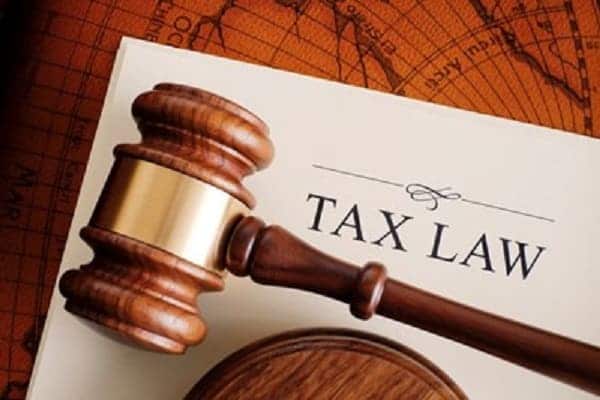Effective January 1, 2018, the IRS will implement new audit procedures applicable to entities (including LLCs) taxed as partnerships.
Application of the New Partnership Rules
Under current audit procedures, the IRS is required to provide certain notices to each partner even though a tax matters partner may have been appointed by the partnership to communicate with the IRS. If there was an adjustment or deficiency, the IRS would then assess each partner. Under the New Partnership Audit Rules, there is a shift in responsibility for audits and associated liabilities from the individual partners to the partnership itself.
Requirement to Appoint a Partnership Representative.
The New Partnership Audit Rule requires the partnership to appoint a “partnership representative” (PR) for each tax year. The PR need not be a partner but must have a substantial presence in the U.S., and if the partnership fails to appoint a PR, the IRS will designate a person to act as the PR. Only the PR will be authorized to act on behalf of (and bind) the partnership. Notwithstanding state law or any provision in the partnership agreement to the contrary, all partners are bound by the actions of the partnership, as determined by the PR. By designating the PR, the IRS has removed the requirement to notice each partner and will only to notify the PR of any tax item. Additionally, the partnership is restricted in its ability to remove and replace the PR; for example, if the IRS receives more than one revocation of a PR designation in a tax year from the same partnership within a 90 day period signed by different persons, it may disregard the designation as ineffective and appoint an alternate PR.
Election Out of the New Partnership Audit Rules.
The New Partnership Audit Rules will apply to all entities required to file a partnership tax return; however, certain qualifying partnerships may “elect out” of the New Partnership Audit Rules. A partnership eligible to “elect out” must generally meet the following criteria:
- The partnership must issue no more than 100 Schedules K-1 annually; and
- All partners must be natural persons, corporations (including S corporations and foreign entities treated as corporations if domestic), or estates of deceased partners.
If the partnership has any partners that are classified as partnerships, disregarded entities, or trusts, then the partnership is not eligible to “elect out” of the New Partnership Audit Rules. Generally, any tiered partnerships would not be eligible to “elect out” of the New Partnership Audit Rules. Further, if a partnership has an S corporation as a partner, then the shareholders of the S corporation are counted toward the “100 Schedules K-1” in determining eligibility.
Election to Transfer Deficiency.
If the IRS issues a Final Partnership Adjustment, a partnership may elect to “push out” the deficiency to each audit-year partner. The “push out” will allow the partnership to transfer the responsibility for payment of an imputed underpayment or deficiency to the current partners of the partnership in the reviewed-year. This “push out” election shifts the responsibility from the partnership paying the deficiency to the audit-year partners. The “push out” notice must be made within 45 days of the Final Partnership Adjustment, and there is no permitted extension currently available. If a “push out” election is made, the partnership is required to provide additional information to the IRS regarding the audit-year partners and calculate the amount due to the IRS, including the adjustment and changes to any intervening year tax attributes. A “push out” election also provides that audit-year partners will bear interest on deficiency items equal to applicable federal rate plus five basis points (the rate for items not “pushed out” is the applicable federal rate plus three basis points).
Update Existing Agreements.
Existing partnership agreements and limited liability company operating agreements should be updated to address the New Partnership Audit Rules. Agreements for redemption, sales, mergers, dissolution, or other transfers should also take into account the New Partnership Audit Rules. Among other things, provisions in these agreements should consider:
- Indemnification to the PR for elections made on the partnership’s behalf;
- Procedures to settle disputes among current and former partners and conflicts of interest;
- Notice requirements on the PR to the other partners; and
- PR’s requirement to obtain certain partnership approvals prior to making elections.
Entities taxed as partnerships should consult with legal counsel and review existing governance documents to address the New Partnership Audit Rules.





